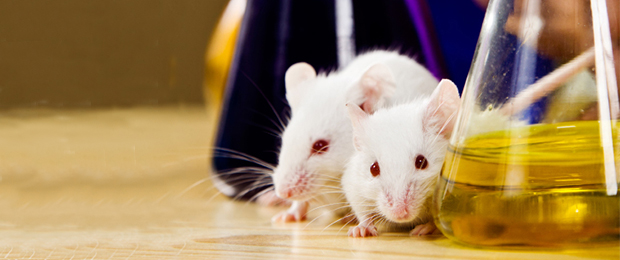“Reproduction in mice without using eggs”: this has been achieved by a team comprising scientists from Bath University in the United Kingdom, and Regensberg University in Germany. A general announcement has been made, “fuelling the imagination to the realms of speculation and fantasy”: for Anthony C. F. Perry, this study paves the way for using human somatic cells (skin cells, for instance) to “fertilise them in vitro after chemical treatment to produce an embryo and then simply to ensure pregnancy and birth. Two men (even one man on his own) could therefore procreate – nevertheless with the assistance of a surrogate mother (prior to the development of an artificial uterus)”.
For the time being, the study, which was published in the Nature journal on 13 September, is focusing on mice. “Until now, it was believed that sexual reproduction involving two gametes – one female and one male – was the only way to create a living organism[1]. Toru Suzuki’s team “has shown for the first time that, in mice, a unique individual can be created from embryos and sperm without using eggs”. To do this, scientists “have used murine ‘embryos’ at a very early developmental stage(…), which have undergone chemical treatment to activate cell division so that they possess only one set of chromosomes and therefore only half of the genetic material”, i.e. parthenotes. A sperm was injected into these parthenotes, “as for in-vitro fertilisation”, to provide the other half of the genetic material. Then, following the implantation of these fused cells into the surrogate mice, “scientists obtained apparently healthy baby mice in 25% of cases”. This is deemed to be a “considerable” yield for this technique.
Scientists acknowledge the fact that these results “blur functional distinctions between sexual, embryo and somatic [adult] cell lines” . They are considering using this approach “to create offspring more easily in animal species on the brink of extinction”.
The authors also emphasise the fact that “the confirmation that parthenotes do not have the potential to develop to produce an individual and that this can therefore be viewed as a more acceptable source of human stem cells as opposed to embryos, could be challenged”, if the technique worked in humans.
For Jean-Yves Nau, this is the “last stage in an on-going biological revolution” : “there is nothing (except ethics) that prohibits the same leap in the human species to more of an extent”. He also believes that these studies “are a new step towards transmissible genetic modifications from the gene pool of various species including humans”.
[1] Cloning artificially creates a new organism, “but in this case, the gene pool is identical to that of the individual providing that one cell”.
Le Monde, Paul Benkimoun (13/09/2016); Jean-Yves Nau (14/09/2016)

